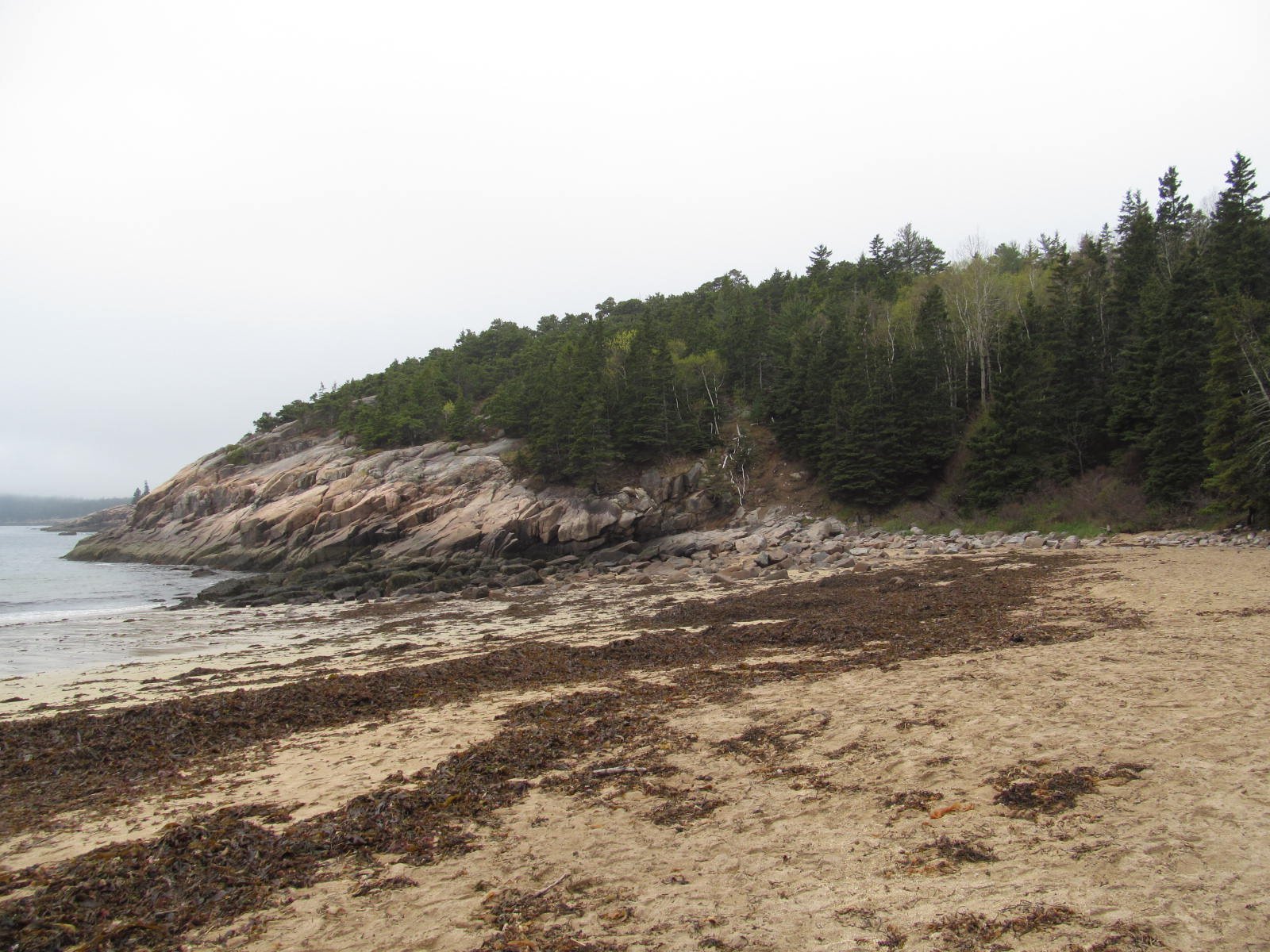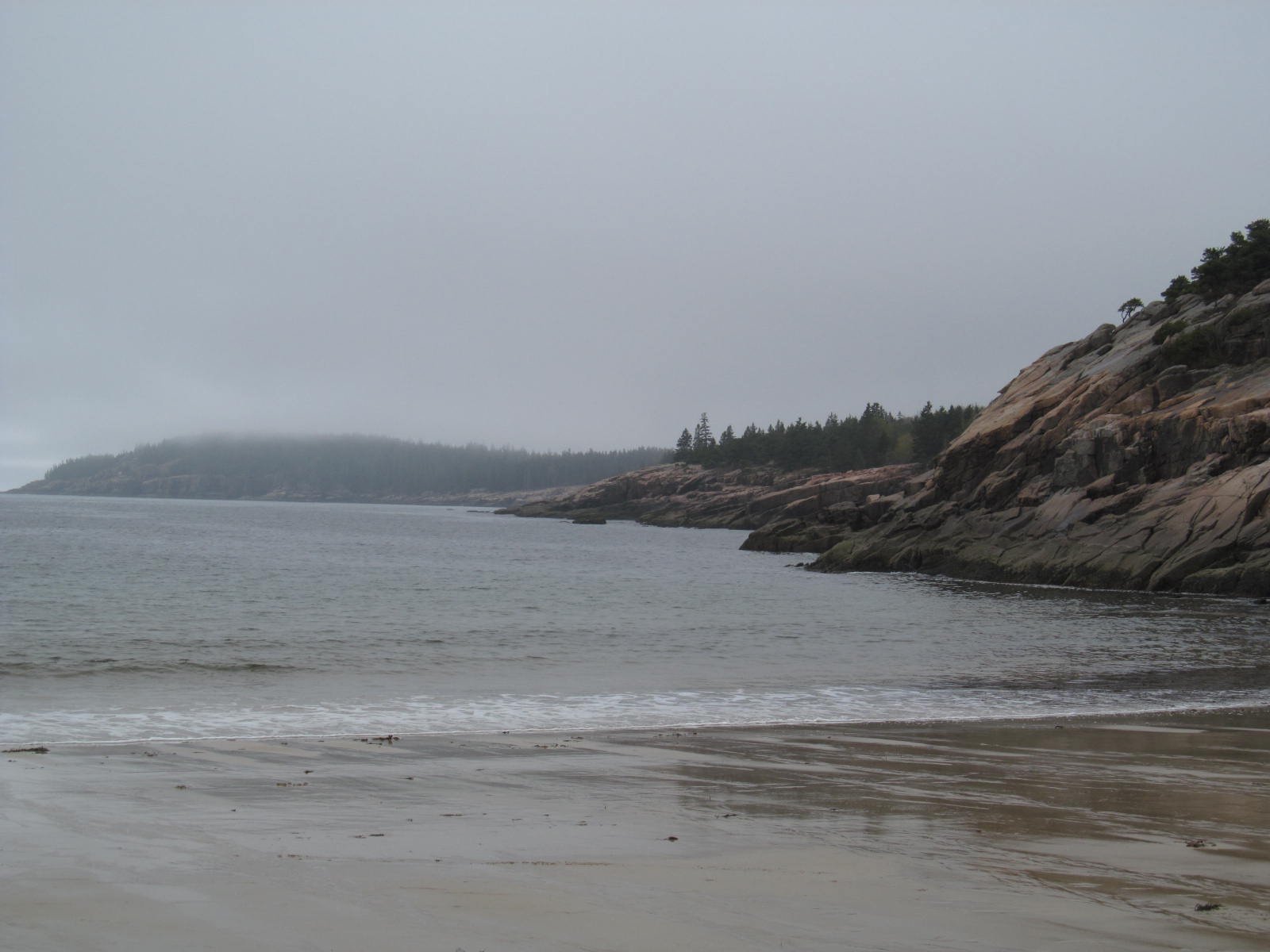Acadia National Park, located in Maine, is a haven for bald eagles. These majestic birds have made a remarkable recovery in the park, thanks to conservation efforts and the ban on DDT. Visitors can spot bald eagles soaring over the park’s diverse landscape, from mountain peaks to coastal areas. The park’s ecosystem provides ideal habitats for these raptors, with abundant fish in its lakes, ponds, and surrounding waters.
Where Can You Find Bald Eagles in Acadia National Park?

Bald eagles can be found throughout Acadia National Park, particularly near water bodies. While specific nesting sites are protected and not disclosed to the public, there are several areas where visitors have a good chance of spotting these magnificent birds.
What Are the Best Viewing Spots for Bald Eagles?
- Park Loop Road: This 27-mile scenic drive offers numerous viewpoints where bald eagles can be seen, especially near lakes and coastal areas.
- Cadillac Mountain: During fall migration, this is a popular spot for birders to observe eagles and other raptors.
- Frenchman Bay and Bar Harbor: Eagles often soar above these areas, particularly in autumn.
- Eagle Lake: Despite its name, this isn’t guaranteed for eagle sightings, but it’s still a prime location to look for them.
- Jordan Pond: Another freshwater body where eagles may be spotted fishing or perched in nearby trees.
When Is the Best Time to See Bald Eagles?
While bald eagles can be observed year-round in Acadia National Park, certain seasons offer better viewing opportunities:
- Winter: This is the peak season for eagle sightings, especially on cold, breezy days.
- Spring: Eagles are active during nesting season, which typically begins in late winter or early spring.
- Fall: During migration, more eagles can be seen passing through the park.
What Conservation Efforts Protect Bald Eagles in Acadia?

The recovery of bald eagles in Acadia National Park is a conservation success story. Several factors have contributed to their resurgence:
- Ban on DDT: The 1972 ban on DDT was crucial in allowing eagle populations to recover.
- Endangered Species Act: Protection under this act in 1973 provided legal safeguards for eagles and their habitats.
- Habitat Protection: Acadia National Park’s protected status ensures the preservation of crucial eagle habitats.
- Monitoring Programs: Park rangers and researchers regularly monitor eagle populations and nesting sites.
- Public Education: The park offers educational programs to raise awareness about eagle conservation.
How Have Eagle Populations Changed Over Time?
The bald eagle population in Acadia National Park has seen significant changes:
| Year | Status | Population Trend |
|---|---|---|
| 1950s-1960s | Decline | Severe decrease due to DDT |
| 1970s-1980s | Recovery Begins | Slow increase after DDT ban |
| 1990s-2000s | Steady Growth | Continued population increase |
| 2007 | Delisted | Removed from endangered species list |
| Present | Stable | Healthy population in the park |
What Habitat Features Attract Bald Eagles to Acadia?
Acadia National Park provides ideal habitat for bald eagles due to several key features:
- Tall Trees: Eagles prefer nesting in large, sturdy trees with good visibility.
- Proximity to Water: The park’s numerous lakes, ponds, and coastal areas offer abundant fishing opportunities.
- Diverse Landscape: Acadia’s mix of forests, mountains, and shoreline provides varied habitats.
- Protected Areas: The park’s status ensures minimal human disturbance in critical nesting areas.
- Abundant Prey: Fish populations in the park’s waters provide a reliable food source.
How Do Eagles Adapt to Acadia’s Environment?
Bald eagles in Acadia National Park have adapted well to the local environment:
- They build large nests in tall trees, often reusing and expanding them each year.
- Eagles take advantage of thermal currents over the park’s mountains for effortless soaring.
- They’ve learned to fish in both freshwater and saltwater environments within the park.
- Some eagles remain in the park year-round, while others migrate seasonally.
What Should Visitors Know About Eagle Watching in Acadia?
When planning to observe bald eagles in Acadia National Park, keep these tips in mind:
- Respect Boundaries: Stay on designated trails and viewpoints to avoid disturbing eagles.
- Use Binoculars: Bring binoculars or a spotting scope for better views without getting too close.
- Be Patient: Eagles may not always be visible; patience is key.
- Follow Park Rules: Adhere to all park regulations to protect wildlife and their habitats.
- Join Guided Tours: Consider participating in ranger-led programs for expert insights.
What Equipment Is Recommended for Eagle Watching?
To enhance your bald eagle viewing experience in Acadia National Park, consider bringing:
- High-quality binoculars (8×42 or 10×42 recommended)
- A spotting scope for distant viewing
- A field guide to birds of the region
- A camera with a telephoto lens for photography enthusiasts
- Comfortable, weather-appropriate clothing and footwear
By following these guidelines and respecting the park’s natural environment, visitors can enjoy the awe-inspiring sight of bald eagles in Acadia National Park while contributing to their ongoing conservation.
References:
1. https://www.nps.gov/acad/learn/nature/eagles.htm
2. https://newengland.com/travel/new-england/best-places-see-bald-eagles-new-england/
3. https://en.wikipedia.org/wiki/Acadia_National_Park

